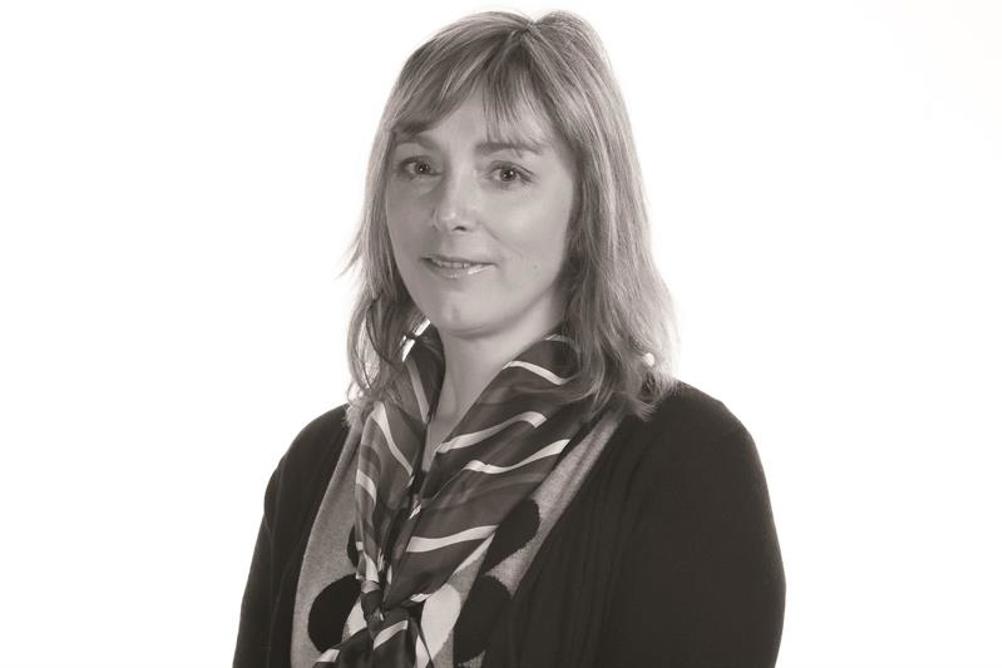
Optometry certainly gives us a vast array of patient interactions and you need to be someone who enjoys this on a daily basis. I do enjoy it and am sometimes guilty of spending a little too much time with patients due to conversations in the consulting room.
We all have our favourite age ranges to interact with and our less favourite. I have always enjoyed examining children and teenagers. I find them interesting and sometimes a challenge. Conversely for some practitioners an appointment diary full of children fills them with dread. It is interesting to see how patterns emerge. I find many newly-qualified optometrists prefer the 20 to 30 age range, probably because they can relate easily to them and have a lot in common. They are also often the practitioners who enjoy contact lenses and the challenges of difficult prescriptions.
We have a cohort of optometrists who enjoy anything clinical – which is helped by all the local schemes we have running in practice nowadays. We try to predict from the triage form what condition will walk through the door. It is probably 95% accurate, but there is always the odd surprise where you think it is a dry eye and it turns out to be something more sinister. This isn’t helped by subjective information on the form; one patient’s ‘severe pain’ may be another’s ‘mildly irritable’. We all know the practitioner who has fitted in that ‘quick check’ from the GP over their lunch which turns out to be a large metal foreign body!
Regardless of what age groups we enjoy interacting with I find it important to stretch and challenge myself by seeing those that aren’t my favoured group. Some practitioners will do all they can to avoid a certain patient type and this has a cumulative effect. The less you see them, the less confident you are and the longer you leave it, the harder it becomes.
I used to avoid seeing patients who were experiencing problems with new spectacles and booked in for rechecks. I felt that they came into the consulting room convinced that we had failed them by not solving their visual problems the first time round. When I became a practice director, the job of seeing these patients often fell to me, so I had to rise to the challenge. Over time I started to enjoy solving problems and explaining how we were going to fix things for them. Even if they arrive angry, my aim is for them to leave my consulting room happy and with a solution. Some are more difficult to turn around, but we usually get there.
A recent example was a gentleman who had collected his spectacles earlier in the week and was finding he couldn’t tolerate wearing them. This had happened at previous appointments and he had given up on wearing spectacles. However, now he was 47, and as an accountant, he needed a way to correct his vision for reading. Nothing had worked at all his previous opticians and he thought we were equally useless. His prescription was unusual: +0.50 in one eye and -1.00 in the other. A repeat refraction revealed the same prescription, but as I thought about his case, I realised that if he always had that prescription, he would have effectively been monocular, using only his left eye for near and his right for distance, despite having no obvious binocular vision problems. I prescribed a pair of distance spectacles with a balance lens in the left eye for distance and a pair with a balance in the right eye for near, explaining to him what I was doing. I will admit that my heart sank when I heard that he had rung back after collecting his spectacles but was reassured to learn he had rung to thank us for being the first practice to solve his
problems.
So, my challenge is to all optometrists out there: if you have a patient group that you don’t enjoy seeing, leave your comfort zone and rise to the challenge. You may just discover a new niche. With the school holidays and a sudden influx of young children into our practices approaching, this could not be more important if you tend to avoid this patient group. They are our 20-somethings of the future and their parents are our future presbyopes who will no doubt want designer products. If we see them now, what better practice builder could we ask for?
Judy Lea is optometrist director of Specsavers, Longton, Staffordshire.
Register now to continue reading
Thank you for visiting Optician Online. Register now to access up to 10 news and opinion articles a month.
Register
Already have an account? Sign in here



